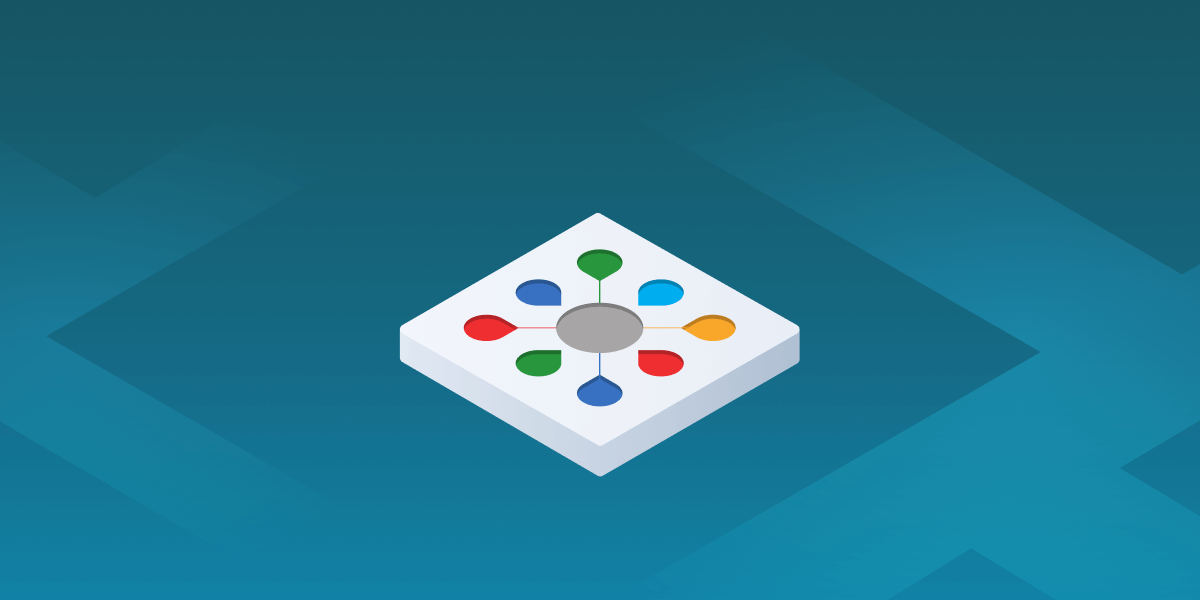As artificial intelligence (AI) continues to advance, its impact on various industries becomes increasingly profound. Web design, traditionally centered around aesthetics and user experience, is no exception. In 2024, AI is transforming web design in ways that go far beyond mere visual appeal. This article explores how AI is shaping the future of web design, enhancing functionality, personalization, and overall user experience.
1. AI-Driven Design Tools
AI-powered design tools are revolutionizing how websites are created. These tools can generate layouts, suggest color palettes, and even design entire websites based on user inputs and preferences. Platforms like Adobe Sensei and Figma’s AI features are examples of how AI can automate and optimize the design process. By analyzing vast amounts of data, these tools can provide designers with recommendations that align with current trends and best practices, speeding up the design process and ensuring high-quality outcomes.
2. Personalized User Experiences
Personalization is a key trend in web design, and AI plays a crucial role in making it more sophisticated. AI algorithms analyze user data, including browsing behavior, purchase history, and demographic information, to deliver tailored content and recommendations. For example, e-commerce websites can use AI to suggest products based on a user’s previous interactions, while content platforms can recommend articles and media that align with individual interests. This level of personalization enhances user engagement and conversion rates by making each visitor’s experience unique and relevant.
3. Advanced User Behavior Analytics
Understanding user behavior is essential for effective web design, and AI is taking analytics to the next level. AI-driven analytics tools can track and analyze user interactions in real time, providing insights into how users navigate a website, where they encounter obstacles, and what features they engage with the most. This data allows designers to make informed decisions about layout adjustments, content placement, and feature enhancements. Predictive analytics can also anticipate user needs and preferences, enabling proactive design changes that improve user satisfaction.
4. Chatbots and Virtual Assistants
AI-powered chatbots and virtual assistants are becoming integral to web design, providing real-time support and enhancing user interaction. These tools can handle a wide range of tasks, from answering frequently asked questions to guiding users through complex processes. Advanced chatbots use natural language processing (NLP) to understand and respond to user queries in a conversational manner. By integrating these AI-driven assistants into websites, businesses can offer 24/7 support and improve the overall user experience.
5. Automated Content Creation
Content creation is another area where AI is making a significant impact. AI tools can generate text, images, and even videos based on predefined parameters or user inputs. For instance, AI can create product descriptions, blog posts, and social media content, freeing up designers and content creators to focus on more strategic tasks. These tools can also optimize content for SEO, ensuring that it reaches the right audience and performs well in search engine rankings.
6. Enhanced Accessibility
AI is playing a crucial role in improving web accessibility, making websites more inclusive for users with disabilities. AI-powered tools can automatically generate alt text for images, translate content into multiple languages, and offer voice navigation options. These features help ensure that websites comply with accessibility standards and provide a better experience for all users, including those with visual, auditory, or cognitive impairments.
7. Dynamic Design Adaptation
AI’s ability to adapt in real time is transforming how websites respond to user interactions. Dynamic design adaptation involves adjusting website elements based on user behavior and context. For example, AI can modify the layout, content, or visuals of a website depending on the device being used, the time of day, or the user’s location. This approach ensures that websites remain relevant and engaging across different scenarios and devices.
8. Predictive Design Trends
AI is not only shaping current web design practices but also predicting future trends. By analyzing design patterns, user preferences, and emerging technologies, AI can forecast upcoming trends and provide insights into what will be popular in the near future. This predictive capability allows designers to stay ahead of the curve and create websites that are not only current but also future-ready.
Conclusion
AI is fundamentally reshaping web design in 2024, moving beyond traditional aesthetics to enhance functionality, personalization, and user experience. From AI-driven design tools and advanced analytics to automated content creation and dynamic adaptation, the integration of AI into web design is paving the way for more intelligent, responsive, and user-centric websites. As AI technology continues to evolve, its impact on web design will only grow, offering new opportunities for innovation and excellence in the digital realm.


